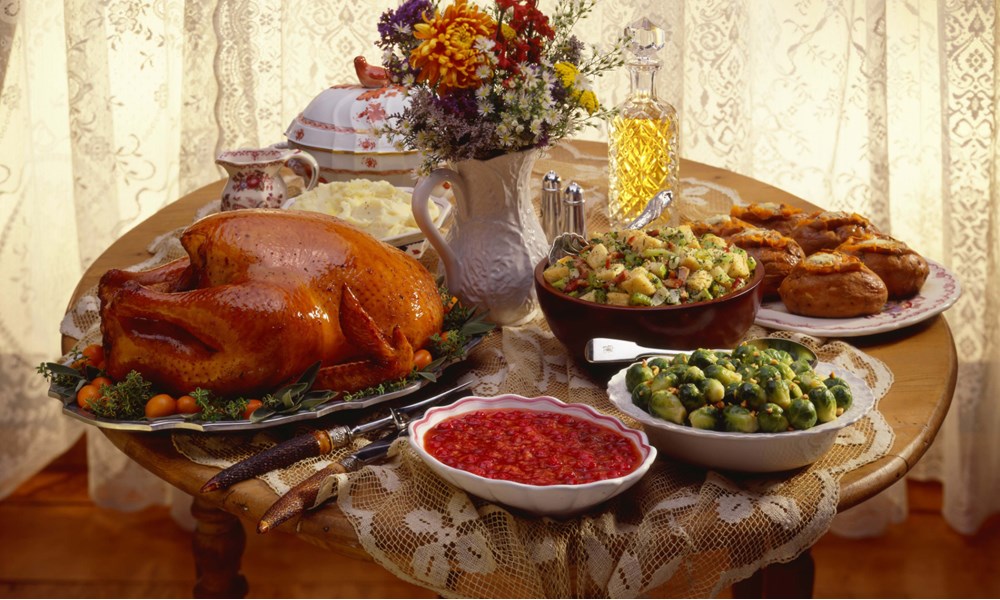
On the fourth Thursday in November, Americans gather around the dinner table with obscure relatives and eat too much food, watch too much football, and eat too much food again. How did this holiday get started? Here is a quick history lesson from Sears Imported Autos.
The Pilgrims
In September of 1620, a ship carrying a group of religious separatists left Plymouth, England, aboard The Mayflower. Their 66-day passage across the Atlantic led them to Cape Cod, far north of their intended destination, where they waited out a brutal winter that killed half of the ship’s passengers. As Spring arrived, the survival of the new colony looked bleak.
Surprise Visitors
Two Natives of the region, both of whom shockingly spoke English, visited the new arrivals and taught them how to cultivate corn, extract sap from maple trees, catch fish in the rivers, and avoid poisonous plants. One of the two natives, Squanto, helped the Pilgrims orchestrate a treaty with the nearby Wampanoag Indian tribe, a treaty that lasted 50 years.
The First Thanksgiving
The Pilgrims’ first harvest was successful, and in November of 1621, Governor William Bradford organized a feast to celebrate. It was a three-day festival that included, in addition to colonists, Native American allies, one of whom was the Wampanoag chief, Massasoit. This feast has come to be known as the first "Thanksgiving," although it is unlikely the settlers called it that. The celebration lasted three days.
The First Thanksgiving Menu
Exactly what was served that day is unknown. Records indicate, however, that a fowling expedition had occurred leading up to the celebration and that the Wampanoag brought five deer to the feast. Unlike modern Thanksgivings, it is highly unlikely the revelers enjoyed cakes, pies, and other sugary desserts on account of a sugar shortage. Green bean casserole, roasted butternut squash salad with warm cider vinaigrette, and cheesy mushroom and broccoli casserole were also most likely not on the menu.
Becoming an Official Holiday
The feast was repeated two years later to celebrate the end of a long drought. The second feast was preceded by a day of fasting and became the origin of a yearly fast and feast of Thanksgiving in the New England region. George Washington made the first federal declaration for a day of Thanksgiving in 1789 to give thanks for the United States Constitution. New York became the first state to declare Thanksgiving a yearly holiday in 1817. Several states followed, with each state establishing different dates. In 1863, President Abraham Lincoln declared a yearly day of Thanksgiving to take place the last Thursday in November. Franklin Roosevelt moved it up a week in 1939 to encourage more holiday retail sales. In 1941, the official day of Thanksgiving became the fourth Thursday in November.

